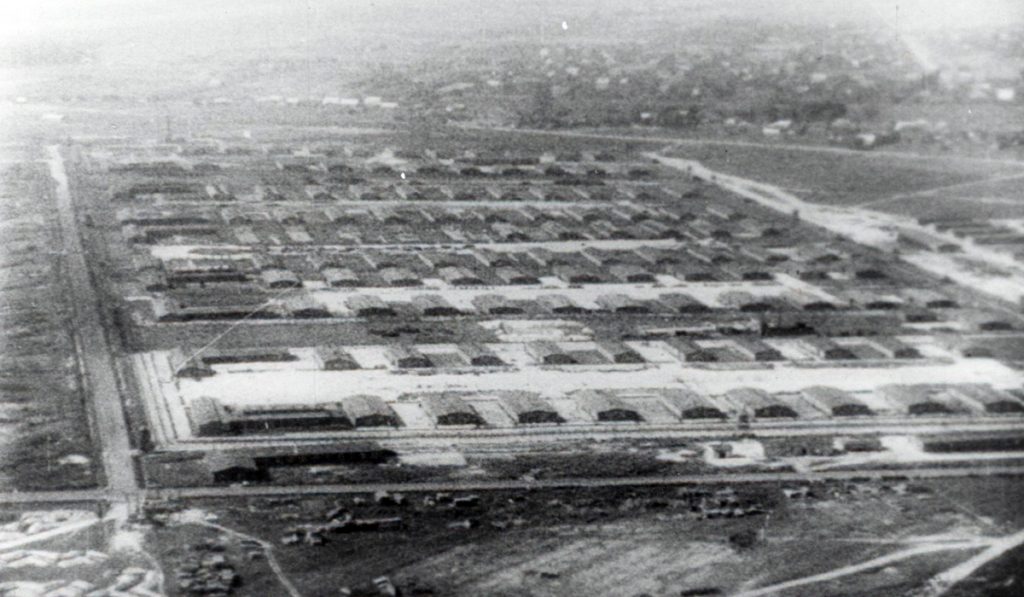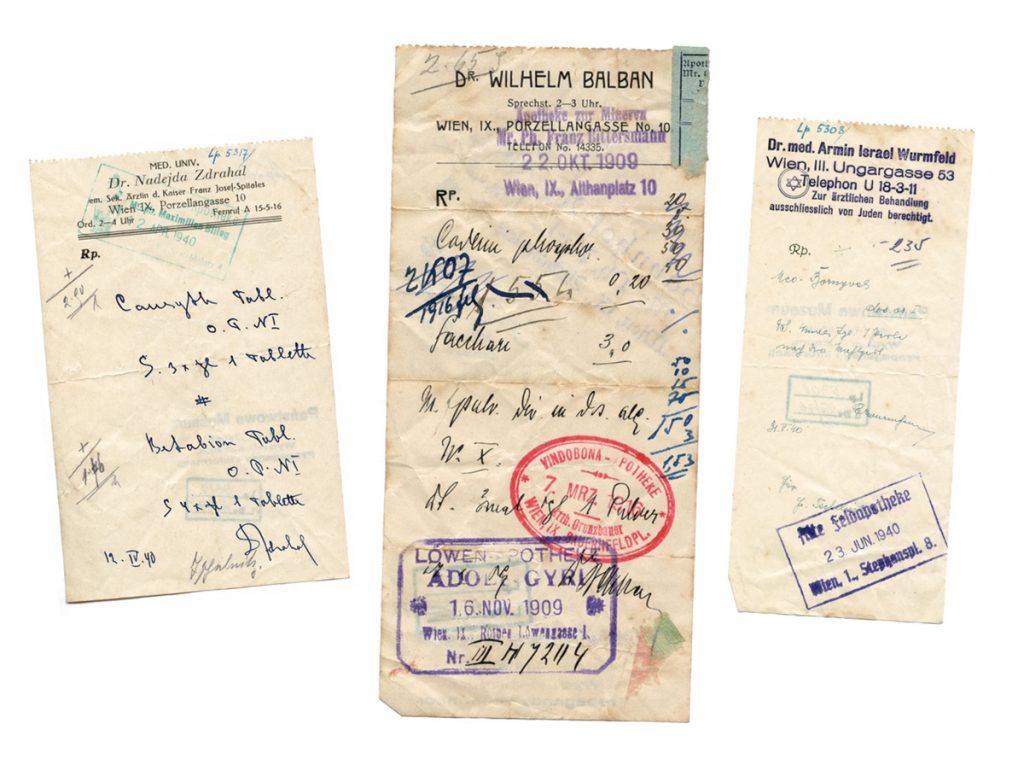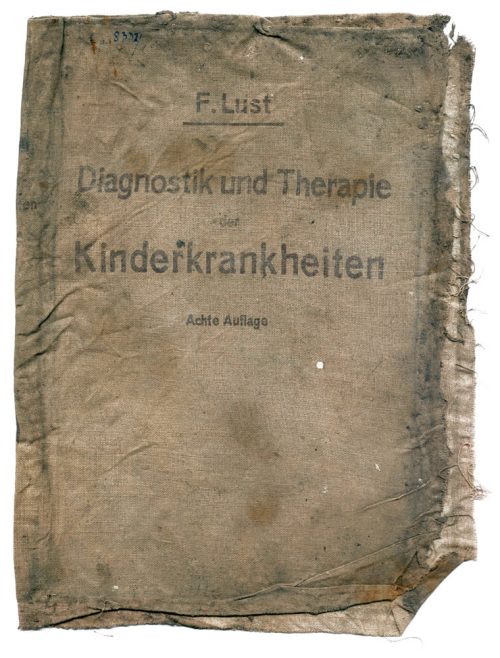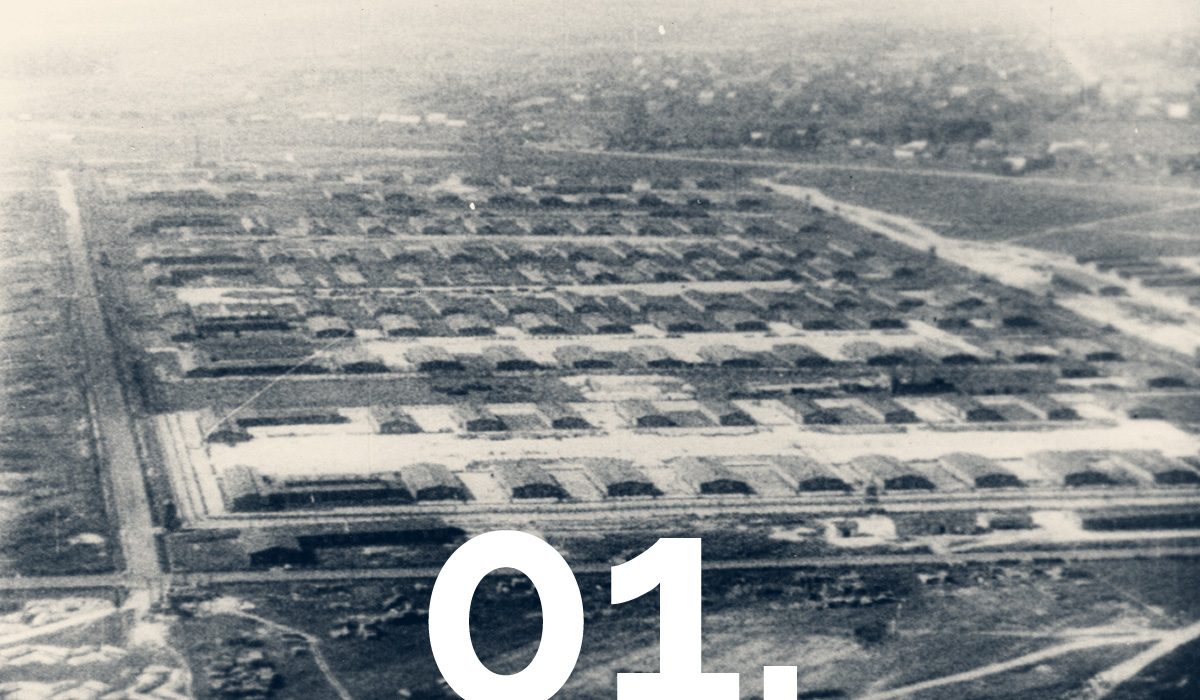KL Lublin, commonly referred to as Majdanek, was in operation from October 1941 to July 1944. In that period, approximately 150,000 prisoners passed through its grounds, citizens of many countries and representatives of various ethnic and social groups.
Initially, the camp was a site of internment intended exclusively for men. However, in October 1942 the first women began to arrive at the camp and in March 1943 the first children. Apart from typical prisoner categories found in other concentration camps, such as political, criminal, so-called anti-social, Jehovah’s witnesses, homosexuals, and Jews, prisoners at Majdanek also included prisoners of war, civilians arrested as hostages, people detained during round-ups, as well as victims of pacification and displacement operations.
More often than not, camp survivors would face a lifelong struggle with both the physical and mental consequences of their internment at the camp.

Aerial photograph of Majdanek, 1944, PMM

Prescriptions found at the former camp grounds, PMM

Codeine envelope/perscription issued by M. Billeg pharmacy in Vienna, found at the former camp grounds, PMM

Cloth wrapper of a medical book found at the former camp grounds, PMM
